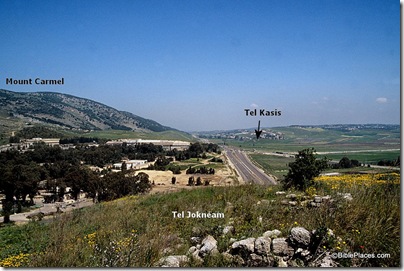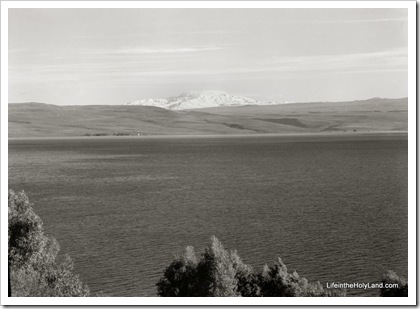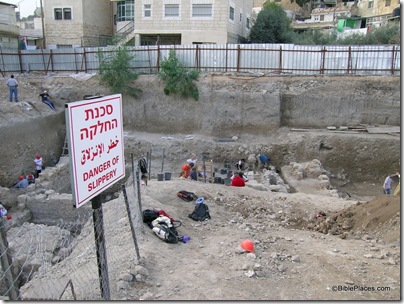The beehives discovered several years ago at Tel Rehov are the subject of a careful collaborative study published in the Proceedings of the National Academy of Sciences. The LA Times has a popular report of the article:
Israel is referred to repeatedly in the Bible — 17 times, in fact — as the “land of milk and honey,” but until three years ago, archaeologists had discovered little firm evidence that beekeeping was ever practiced there. Many scholars, in fact, assumed “honey” referred to a nectar from dates or other fruits.
Then, three years ago, researchers found a 3,000-year-old apiary in the Iron Age city of Tel Rehov in the Jordan Valley, the oldest known commercial beekeeping facility in the world, suggesting that the word “honey” likely referred to the real thing. Now the same researchers have gotten an even bigger surprise: The bees that were kept in the hives were most likely from Turkey, hundreds of miles away.
“This is a very special discovery … because there is no evidence from before for bringing any kind of animals from such a distance, especially bees, which represent a quite complicated, sophisticated type of agriculture,” said archaeologist Amihai Mazar of the Hebrew University of Jerusalem, lead author of a report published online Monday in the Proceedings of the National Academy of Sciences. “This throws new light on the economy of the biblical period.”
The findings “would imply an incredible amount of commodity trading of bees,” said bee expert Gene Kritsky of the College of Mount St. Joseph in Cincinnati, editor of American Entomologist. The importation of Italian bees to the United States in the 1860s “was thought to be a big deal then,” he said, “but the Israelis may have been doing this as far back as the first millennium BC.”
The article continues here. The story is also reported in the New Scientist (3 photos) and Wired (4 photos).
The original discovery was reported by Haaretz, Arutz-7, and the Jerusalem Post.
HT: Creation Safaris and Joe Lauer


